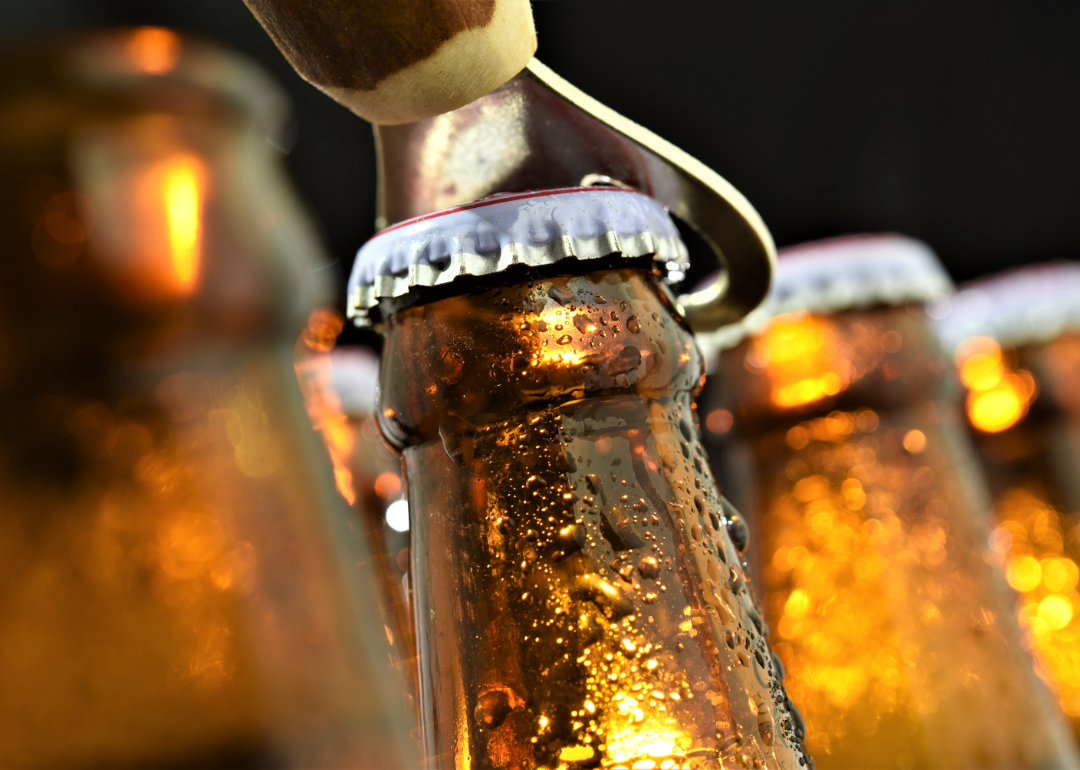
5 things you may not know about the nonalcoholic beer industry
This story originally appeared on Zinnia Health and was produced and distributed in partnership with Stacker Studio.
5 things you may not know about the nonalcoholic beer industry
Over the past few years, a growing number of people around the world have looked toward nonalcoholic beer, wine, and spirits as alternatives to traditional alcoholic drinks for a variety of reasons. Some people are choosing not to drink for health reasons—such as being pregnant or in recovery from addiction—while others are simply choosing to not make alcohol a part of their overall diet. Regardless of why, the choice not to drink has demonstrated a significant opportunity for the growing market of nonalcoholic alternatives.
While people may like the effects of cutting back on alcohol—particularly those curtailing their alcohol consumption but not abstaining from alcohol entirely—they likely aren’t wanting to skip the social element that often accompanies getting drinks with friends. Some also miss the taste of a crisp beer on a hot afternoon or at the pub after work. Enter nonalcoholic beer.
Although nonalcoholic beer has its roots in the Prohibition era in the United States almost a century ago, it has seen a dramatic resurgence in popularity recently. Part of this can be attributed to a growing interest in health and wellness around the world. Globally, nonalcoholic beer is expected to become a more than $35 billion sector by 2030, according to a recent market analysis.
Brewers of all kinds—both macro and micro (or craft)—have responded, removing certain yeast strains or employing thermal brewing techniques to develop nonalcoholic alternatives to their most beloved beers that replicate the taste and feel of traditional beer as much as possible.
As the popularity of alcohol-free beer continues to grow in Europe and stateside, Zinnia Health outlined what you should know about this developing beverage industry.
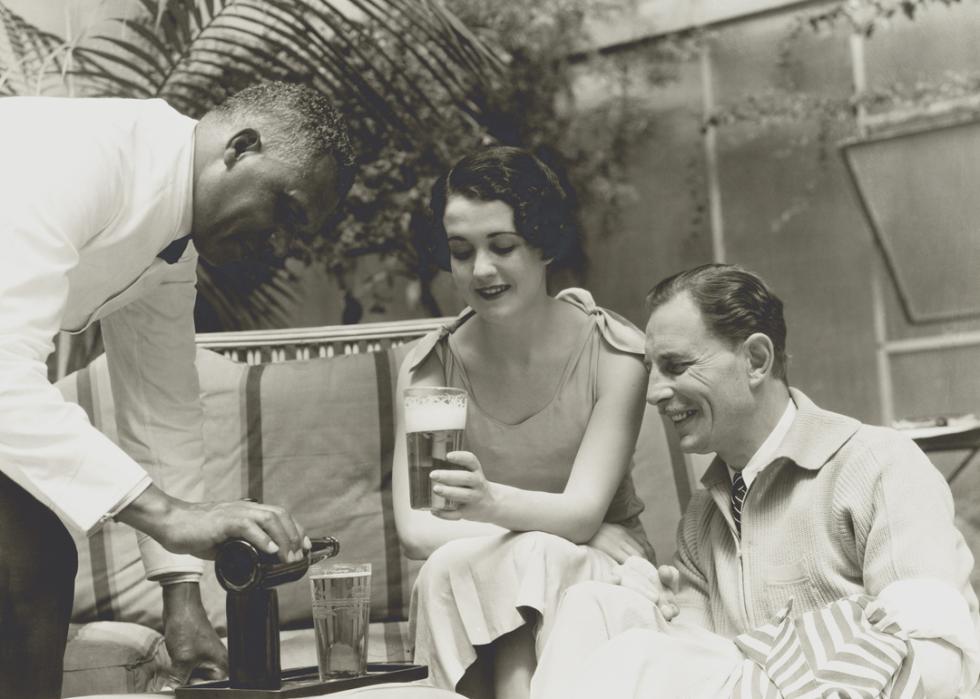
The earliest non-alcoholic beers in the U.S. date back to Prohibition
The advent of nonalcoholic beer’s popularity is far older than the distinctly modern sober-curious movement. Some of the earliest nonalcoholic beers in America date back almost 100 years to Prohibition. During that time, people who weren’t interested in (or unwilling to risk) going to speakeasies or bootleggers but missed the taste of their favorite beer needed a solution. They found it in the first nonalcoholic beer. Created by brewers who were suddenly forced to adapt or shut down, the likes of the Pabst Brewing Company and Anheuser Busch created “near beers” with alcohol contents of .5% or less.
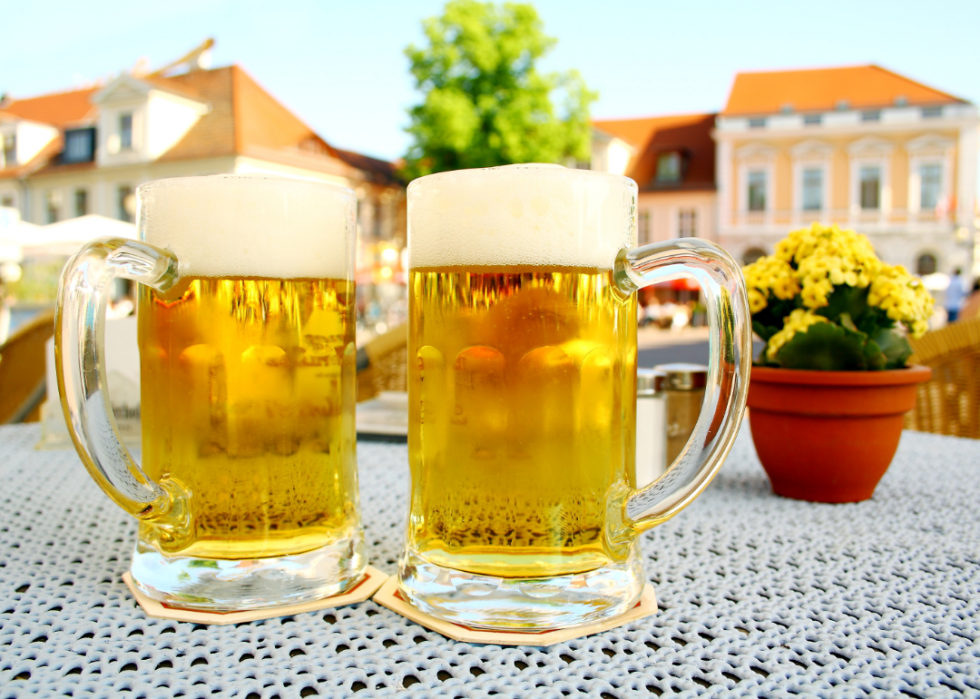
Europe is home to the largest nonalcoholic beer market
Although the continent has a reputation for being more relaxed and less puritanical than the U.S. with respect to alcohol consumption, nonalcoholic beer is gaining a sizable amount of ground in Europe. A 2019 Global Markets Research report estimates the market for nonalcoholic beer in Europe will reach $6 billion by 2024. The top markets for non-alcoholic beer are Spain, Germany, and Russia. While Spain is known for vermouth and Russia is known for vodka, the inclusion of Germany is surprising because the country is the home of the legendary Oktoberfest. But the nonalcoholic trend is part of the country’s overall shift towards health.
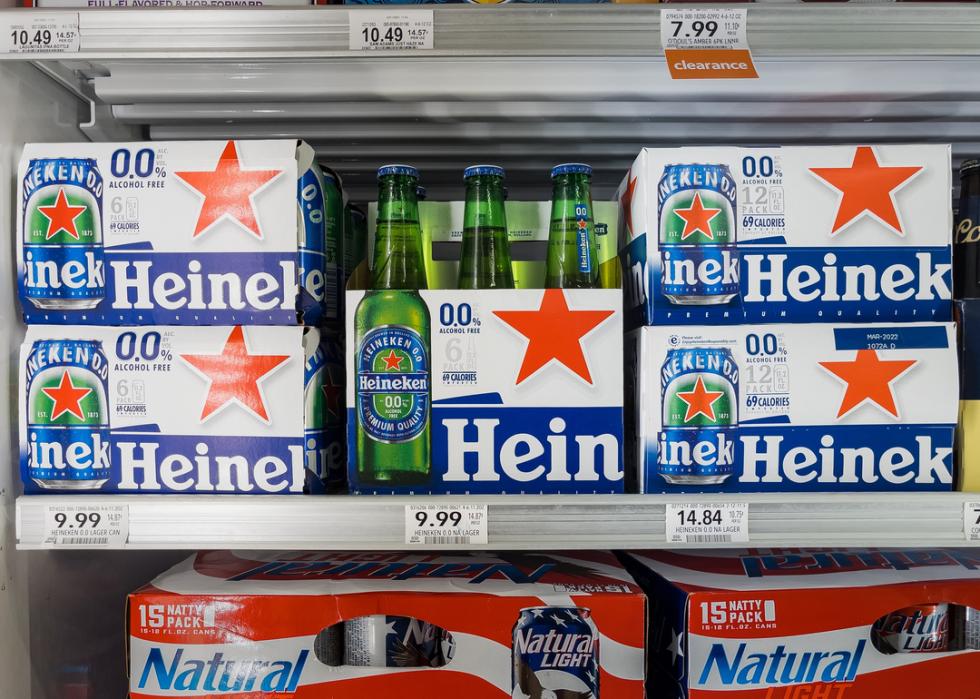
Nonalcoholic beer sales climbed 29% in 2021
2020 saw an uptick in drinking, which was generally attributed to the pandemic’s effect on both social restriction and individual anxiety. People left at home to their own devices under stress turned toward beer and alcohol to cope. Researchers from Massachusetts General Hospital found excessive, or binge, drinking rose 21% during the onset of the pandemic. But by the second year of the pandemic in 2021, people began to reevaluate their relationship with alcohol. Many decided to turn to nonalcoholic drinks, including beer, as a healthier alternative.
Industry executives point toward another important factor behind nonalcoholic beer's rise: the improving taste. Nonalcoholic beer never tasted all that great, experts say, but the past few years have seen dramatic improvements in brewing techniques, resulting in better taste that gives a new generation of people a perfect reason to try nonalcoholic beer.
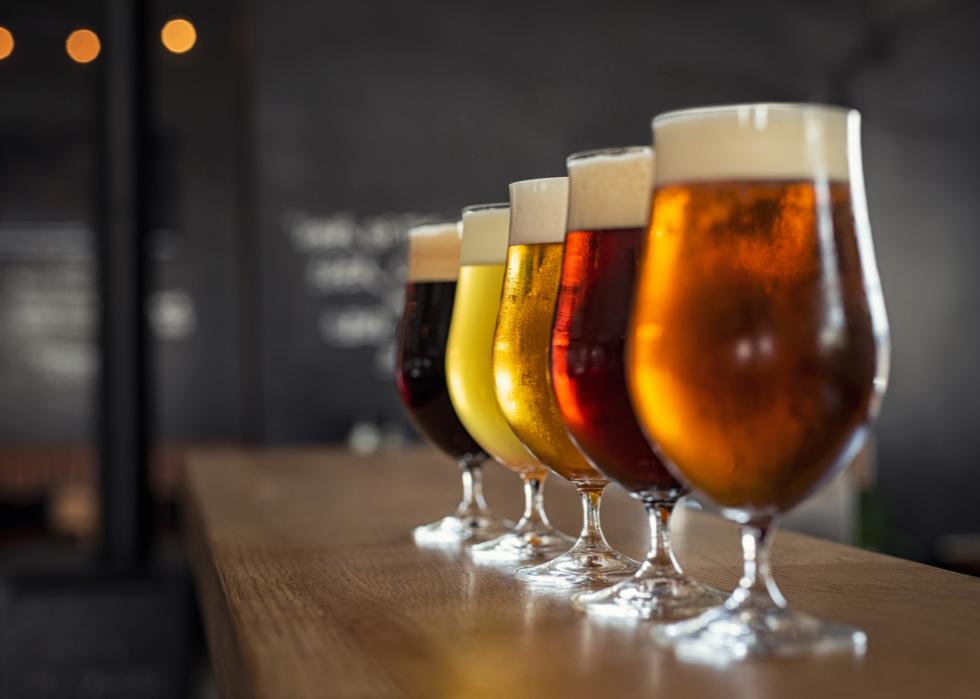
Craft brewers are also joining in on the trend
Macro brewers, such as Pabst and Anheuser Busch, might have been in on the nonalcoholic beer trend for a long time, but craft breweries tend to have a reputation for being more discerning and specific about their formulas and recipes. It is a way craft brewers try to differentiate themselves in the greater beer marketplace. It also means they have been less likely to deviate from their carefully developed way of crafting beer. But in a nod to the growing interest in nonalcoholic beer, many craft breweries are creating their own iterations, offering everything from Belgian pale ales to citrusy wheat ales and rich stouts to suit every flavor profile.
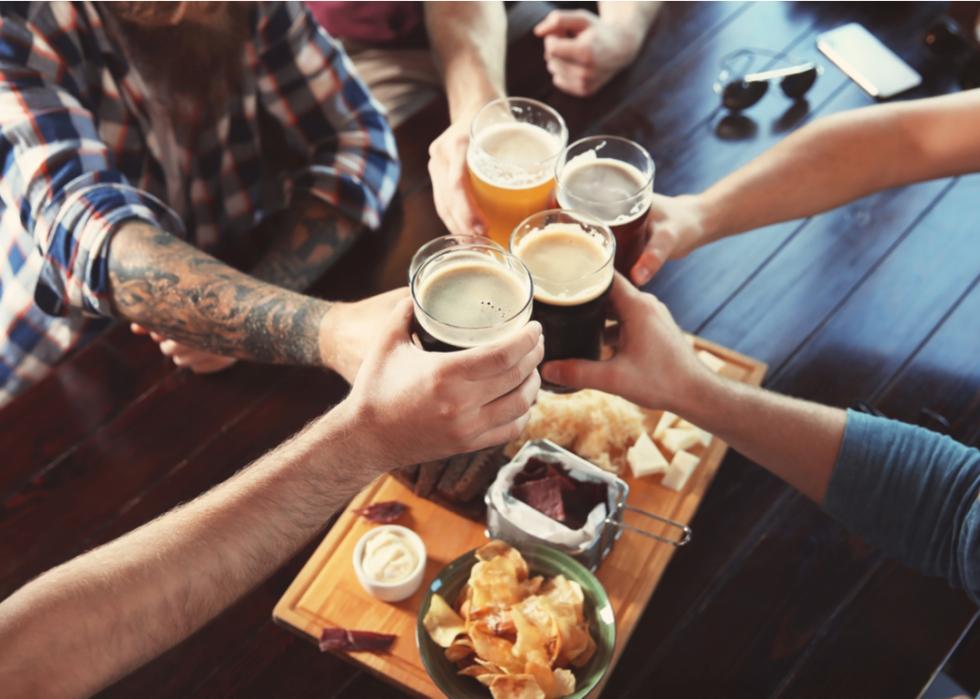
Nonalcoholic beer often contains a nominal amount of alcohol
When it comes to beer, “nonalcoholic” is something of a misnomer because much of it does have trace amounts of alcohol. By law, nonalcoholic beer is still allowed to contain as much as .5% alcohol by volume. This means people who truly cannot have any alcohol need to choose options that have 0.0% versus trace amounts. Some pregnant women, for example, do not want to drink alcohol during their pregnancies, which means they will want to select 0.0% ABV options only. This also means there is a crucial onus on breweries to be honest and transparent in their marketing of nonalcoholic options.



